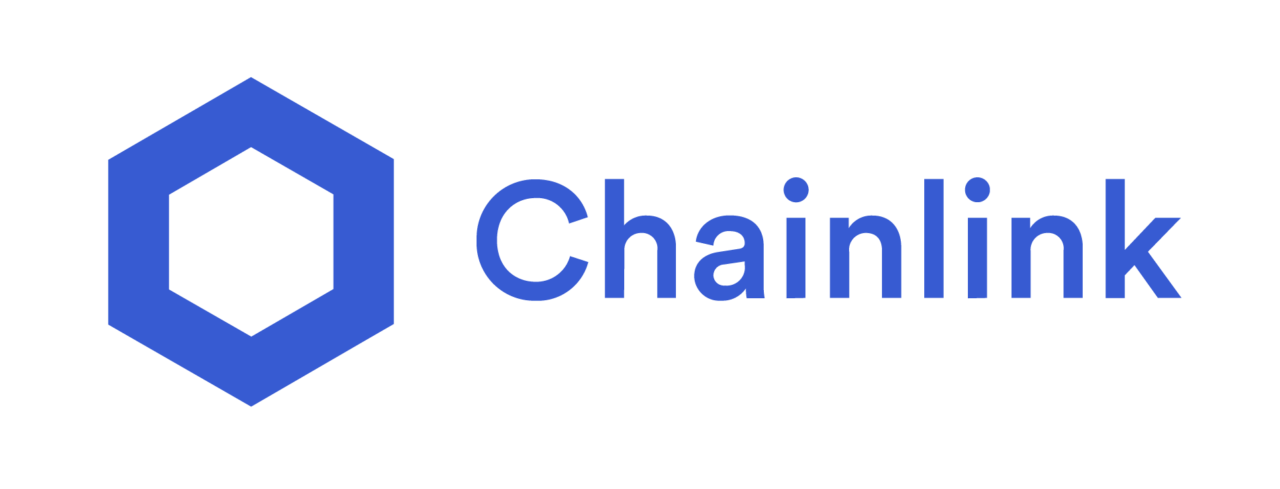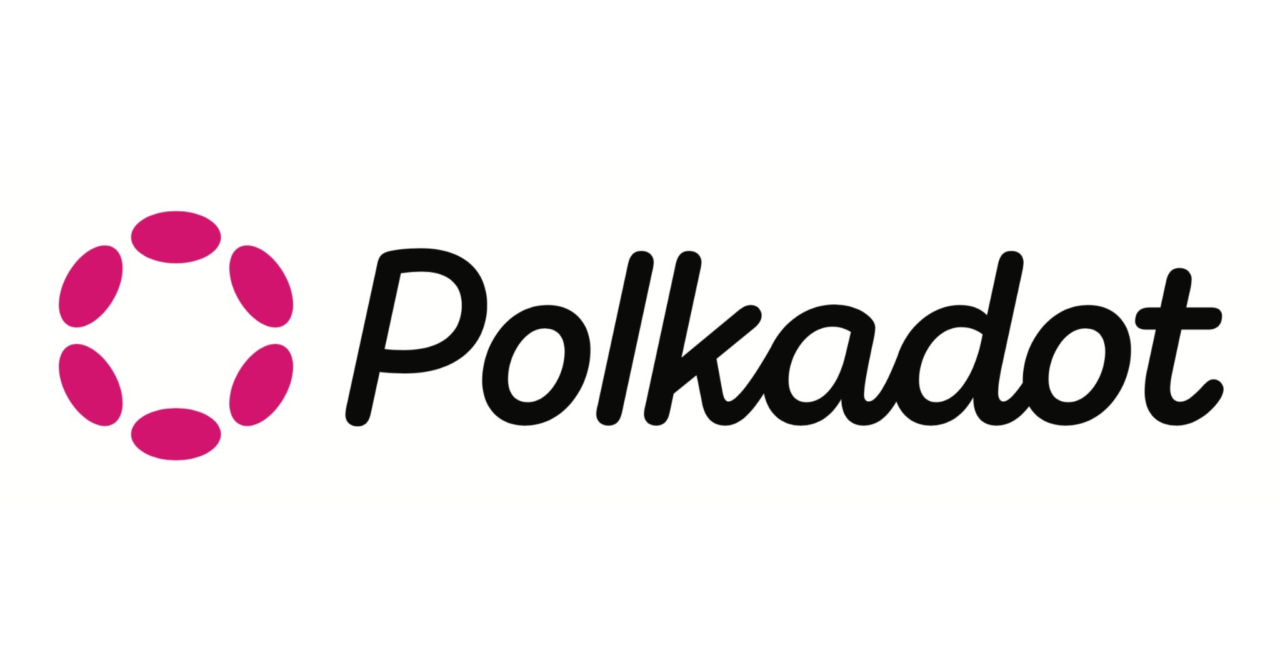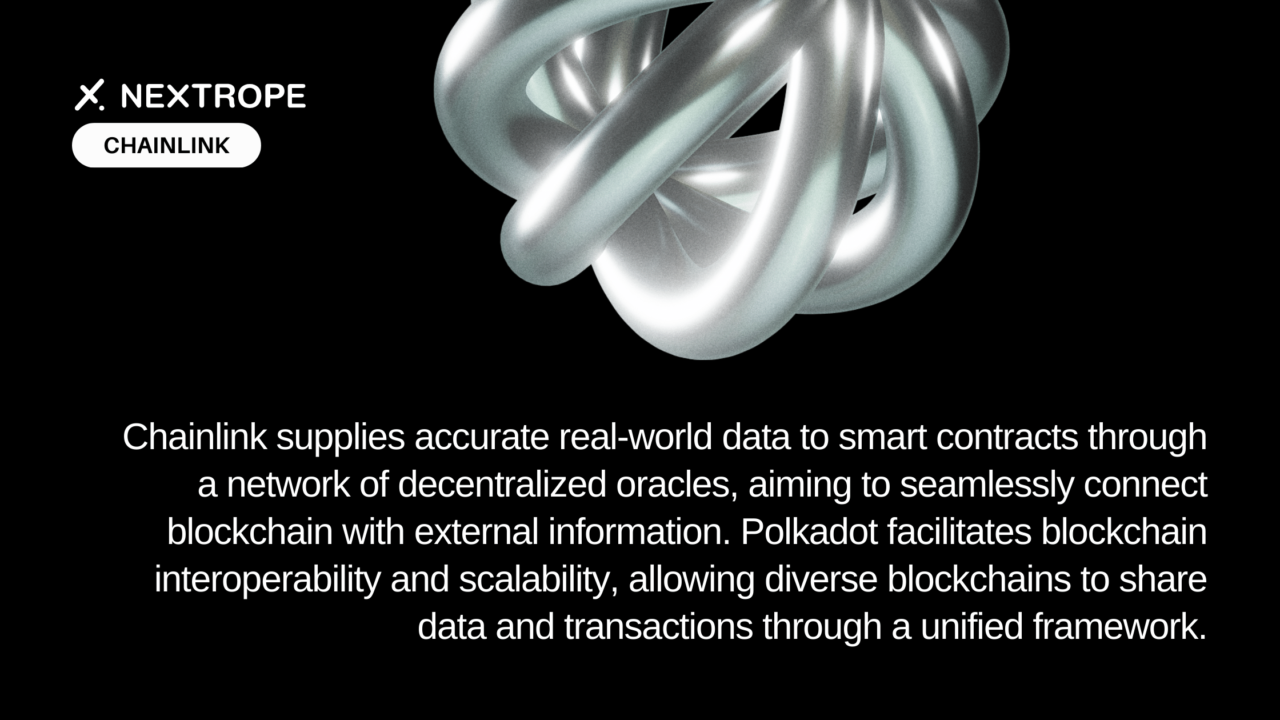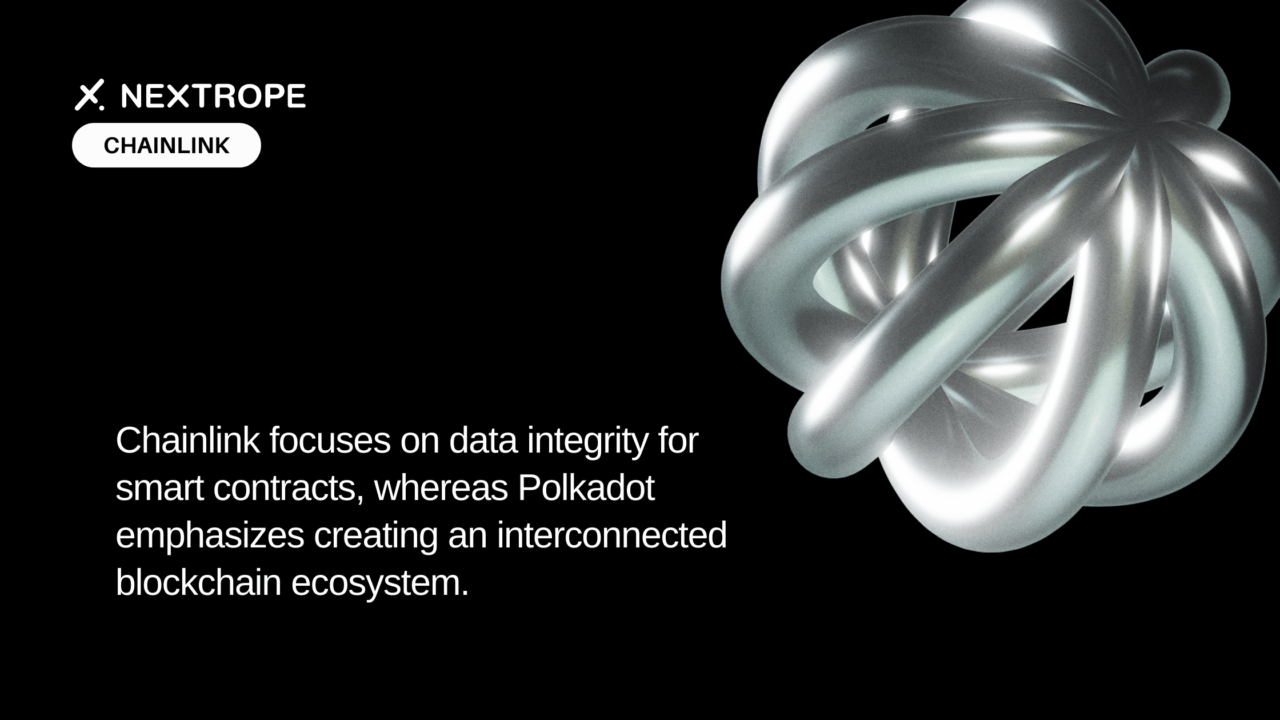
Chainlink aims to securely bridge the gap between blockchains and real-world data through its Decentralized Oracle network. On the other hand, Polkadot focuses on enabling different blockchains to transfer messages and value trust-free, enhancing interoperability. This article delves into the distinctions between Chainlink and Polkadot, shedding light on their purposes, technologies, and the potential impacts they have on the blockchain ecosystem.
What is Chainlink?

Chainlink is a decentralized oracle network designed to provide external data to smart contracts on any blockchain. Recognizing the limitation that smart contracts cannot natively access external data, Chainlink offers a solution by acting as a reliable bridge. Oracles in the Chainlink network collect and verify external data from various sources, ensuring the data’s integrity before feeding it into smart contracts. This mechanism enables smart contracts to execute based on real-world events, data, and API information, which is crucial for the development of dynamic and responsive blockchain applications. Chainlink’s key features include:
- Decentralization. Ensuring data integrity and reducing reliance on any single point of failure by utilizing a network of independent node operators.
- Security. Advanced cryptographic techniques and a robust reputation system safeguard the network against manipulation and ensure the reliability of data.
- Flexibility. Compatibility with any blockchain allows seamless integration across diverse ecosystems.
Chainlink’s use cases span across finance, insurance, gaming, and many other sectors, where access to accurate and timely external data is critical.
MUST READ: “What is Chainlink“
What is Polkadot?

Polkadot is a multi-chain framework that facilitates the cross-chain transfer of any data or asset types, not just tokens, thereby enabling interoperability among blockchains. It consists of a main network called the Relay Chain and multiple parachains are individual blockchains that connect to and secured by the Relay Chain. This unique architecture allows for a high degree of customization and scalability, as each parachain can be tailored to specific use cases or workloads while benefiting from the shared security of the Relay Chain.
Polkadot’s key features include:
- Interoperability. Enables different blockchains to communicate and transfer data or assets in a trust-free environment, opening up cross-chain applications and services.
- Scalability. Parachains operate in parallel, allowing for significant scalability improvements over traditional blockchain architectures.
- Shared Security. Parachains share the security model of the Relay Chain, ensuring that they benefit from a collective security mechanism rather than having to create their own.
The vision behind Polkadot is to create a fully interoperable and scalable web of blockchains, facilitating the seamless exchange of information and transactions across previously siloed networks. This approach not only enhances efficiency and scalability but also encourages innovation by allowing developers to focus on building specialized solutions on parachains.
MUST READ: “Polkadot – Blockchain to change the rules of the game?“
Chainlink vs Polkadot: Understanding the Differences
Purpose and Focus

Chainlink focuses enhancing the functionality of smart contracts by providing them with access to real-world data. This is achieved through its decentralized oracle network, which ensures that the data smart contracts rely on for their execution is accurate and reliable. Chainlink’s aim is to bridge the gap between the on-chain and off-chain worlds, enabling smart contracts to interact with external data feeds, web APIs, and traditional bank payment systems securely.
Polkadot, on the other hand, solves the problem of blockchain interoperability and scalability. Its unique multi-chain framework allows different blockchains to communicate and share information without sacrificing their sovereignty. By enabling the transfer of data and value between previously incompatible networks, Polkadot seeks to create a web of interconnected blockchains, facilitating a new level of interoperability and scalability.

Technology and Infrastructure
Chainlink’s infrastructure revolves around its decentralized network of oracles, which independently collect, verify, and deliver external data to blockchain smart contracts. This setup ensures that the data is not only accurate but also resistant to manipulation, providing a secure and trustworthy environment for smart contracts to operate in.
Polkadot’s architecture is based on a central Relay Chain and multiple parachains (parallel chains). The Relay Chain is responsible for the network’s shared security, consensus, and interoperability, while parachains are individual blockchains that can have their own tokens and be optimized for specific use cases. This design allows for a high degree of customization and scalability across the Polkadot network.
MUST READ: “Developing Blockchain Interoperability Solutions with Cosmos and Polkadot“
Use Cases – Chainlink vs Polkadot
Chainlink’s oracles are critical for any application that requires real-world data to trigger smart contract execution. This includes, but is not limited to, decentralized finance (DeFi) platforms that need up-to-date price feeds, insurance contracts that depend on real-world events, and gaming platforms that utilize external data for in-game mechanics.
Polkadot focuses on enabling different blockchains to work together seamlessly. Its use cases are broad and include cross-chain transfers of data or assets, interoperable applications that can operate over multiple blockchains, and the creation of new types of services that leverage the strengths of various networks without being limited by the weaknesses of any single chain.
Chainlink vs Polkadot
| Feature | Chainlink | Polkadot |
|---|---|---|
| Security | Secures data pipeline with decentralized oracles and cryptographic proofs. | Shared security model through the Relay Chain, benefiting all parachains. |
| Scalability | Enhances application scalability by off-chain data interaction. | Handles high transaction volumes with parallel processing of parachains. |
| Governance | Decentralized governance involving community, node operators, and Chainlink team. | On-chain governance model allowing token holder proposals and voting. |
| Adoption | Widespread in DeFi and various industries for real-time data needs. | Adopted for diverse use cases across its growing number of parachains. |
| Ecosystem | Comprises independent node operators, data providers, and developers. | Includes projects developing on parachains, infrastructure providers, and a supportive community. |
Security
- Chainlink emphasizes securing the data pipeline between external data sources and blockchain smart contracts. It uses a decentralized network of oracles to prevent single points of failure and ensure data integrity.
- Polkadot focuses on the security of its multi-chain architecture through shared security. This means that all parachains benefit from the collective security of the Polkadot network, provided by the Relay Chain. This shared security model ensures that individual blockchains do not need to establish their own security measures, which can be resource-intensive and less effective.
Scalability
- Chainlink makes smart contracts smarter. It connects them to the real world without slowing down. This means more complex apps can run smoothly.
- Polkadot uses many chains at once. It’s like opening more lanes on a highway. This lets more data flow quickly. Each chain does its part, keeping things fast.
Governance
- In Chainlink, decisions come from many. The community, those running nodes, and the Chainlink team all have a voice. This way, changes benefit everyone.
- Polkadot’s governance is hands-on. Token holders vote on proposals. They shape Polkadot’s future directly. It’s democracy in action, ensuring the network evolves as a true community.
Chainlink vs Polkadot – Conclusion
Chainlink and Polkadot are at the forefront of blockchain innovation, each serving distinct yet complementary roles. Chainlink’s secure data integration expands the utility of smart contracts, while Polkadot’s focus on interoperability and scalability fosters a more connected blockchain ecosystem. Their unique approaches contribute significantly to the blockchain community, driving growth and attracting a wide range of stakeholders.
If you are interested in utilizing Chainlink or other blockchain-based solutions for your project, please reach out to contact@nextrope.com
FAQ
How does Chainlink ensure data reliability for smart contracts?
- Chainlink employs a decentralized oracle network to verify external data before feeding it into smart contracts.
What’s the architectural difference between Chainlink and Polkadot?
- Chainlink uses a network of oracles, whereas Polkadot consists of a Relay Chain and parachains for shared security and scalability.
What additional use cases can Chainlink and Polkadot serve?
- Chainlink: Supply chain verification, weather insurance, prediction markets.
- Polkadot: Cross-border payments, IoT device connectivity.
How do Chainlink and Polkadot handle governance?
- Chainlink involves community, node operators, and the Chainlink team.
- Polkadot employs on-chain governance, allowing token holders to vote on proposals directly.


